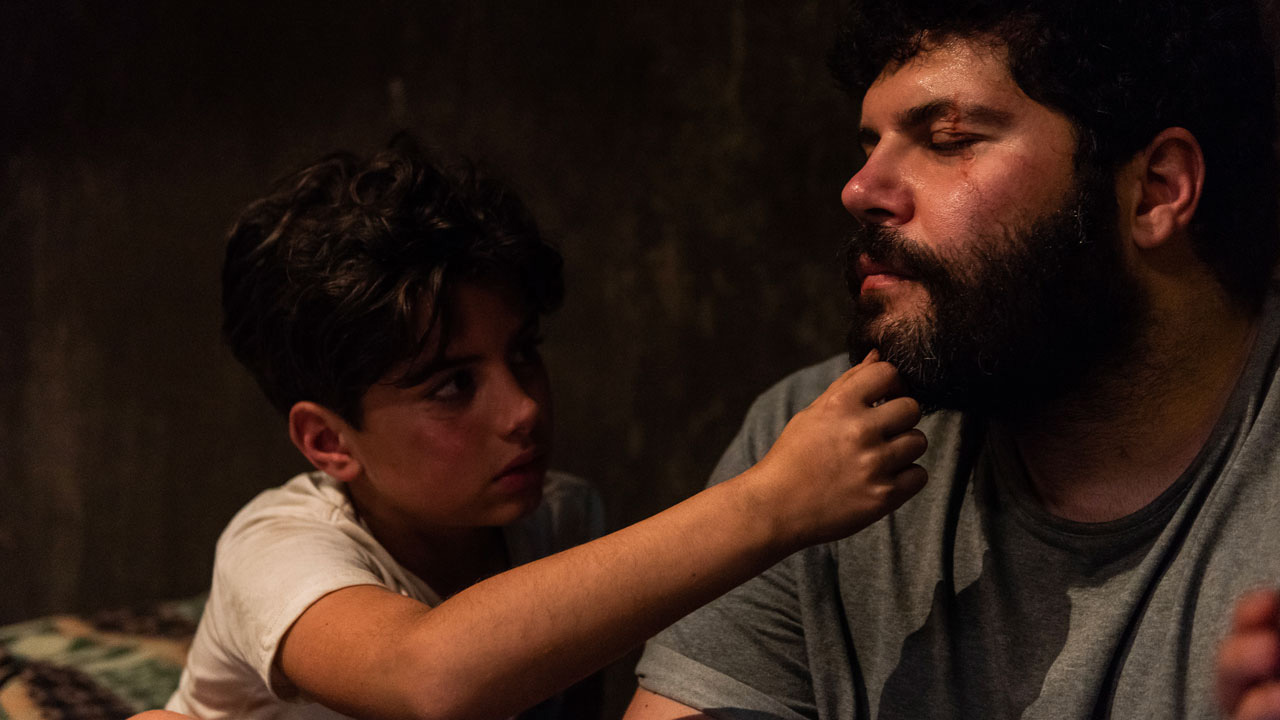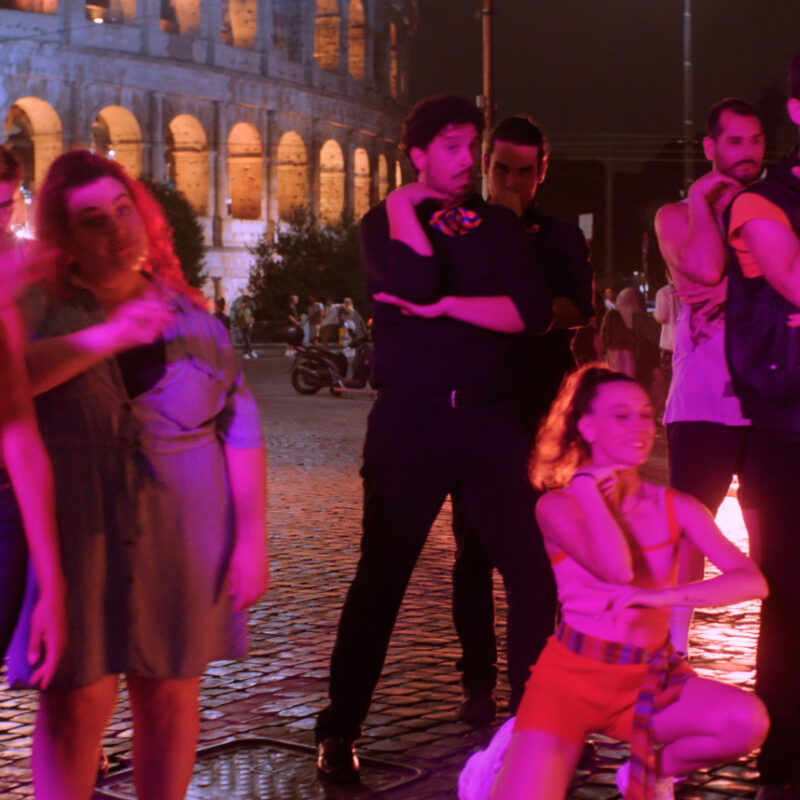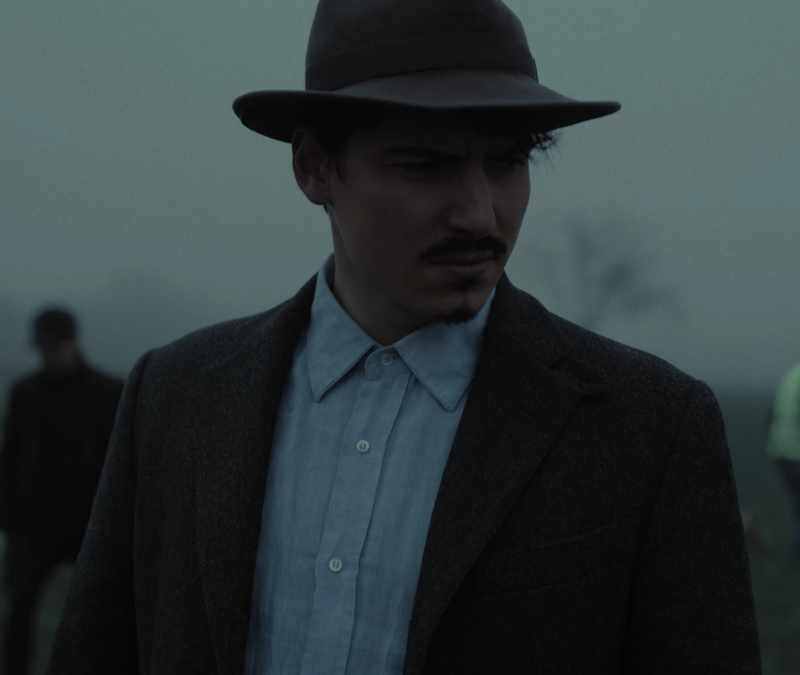intervista a cura di Davies Zambotti
Come hai iniziato a fare cinema? Cosa ti ha stimolato ad intraprendere questa carriera?
Ho iniziato frequentando da adolescente la sala del Museo del Cinema di Torino. Ogni giorno, con mio fratello, andavamo a vedere i classici della storia del Cinema. Poi, abbiamo partecipato come giuria giovani al festival del cinema di Venezia. In quell’occasione abbiamo incontrato tanti autori e ci è venuta una passione viscerale per il cinema fino a quando non abbiamo deciso di provare a realizzare qualcosa noi.
How did you apporach the world of cinema? What inspired you to pursue this career?
I started by going to the hall of the Cinema Museum of Turin as a teenager. Every day, with
my brother, I went to see the classics of cinema history. Then, we participated as youth jury at the Venice film festival. There we met many authors and we strengthened our visceral passion for cinema until we decided to try to create something ourselves.


Sul set hai più peso per te l’improvvisazione o la pianificazione?
È un mix delle due. Diciamo che la pianificazione serve ad essere più sicuri, ad ancorarsi a dei paletti che ci si è dati per non perdersi nel naufragio delle idee. Poi, senza una buona dose di improvvisazione si rischia di non riuscire a risolvere i problemi – possono essere
tanti – che il set ti presenta ogni giorno. Inoltre, ci sono cose che succedono, incontri, microeventi, punti di vista nuovi, corpi negli spazi che ti possono illuminare e far cambiate
completamente l’atteggiamento iniziale riguardo una scena e una sequenza. Bisogna
tenere i radar sempre accesi ed essere aperti a farsi sorprendere.
Improvisation or careful planning, what’s more important on set?
It’s a mix of the two. Let’s say we need planning to have certainties, to anchor oursleves to
the limits we have set, in order to avoid getting lost in a shipwreck of ideas. Then, without
a good amount of improvisation you risk not being able to solve the many problems that
the set presents to you every day. Furthermore, there are things that happen, encounters,
micro-events, new points of view, bodies in space that can enlighten you and completely
change your initial attitude towards a scene and a sequence. You have to always keep your
radar on and be open to being surprised.
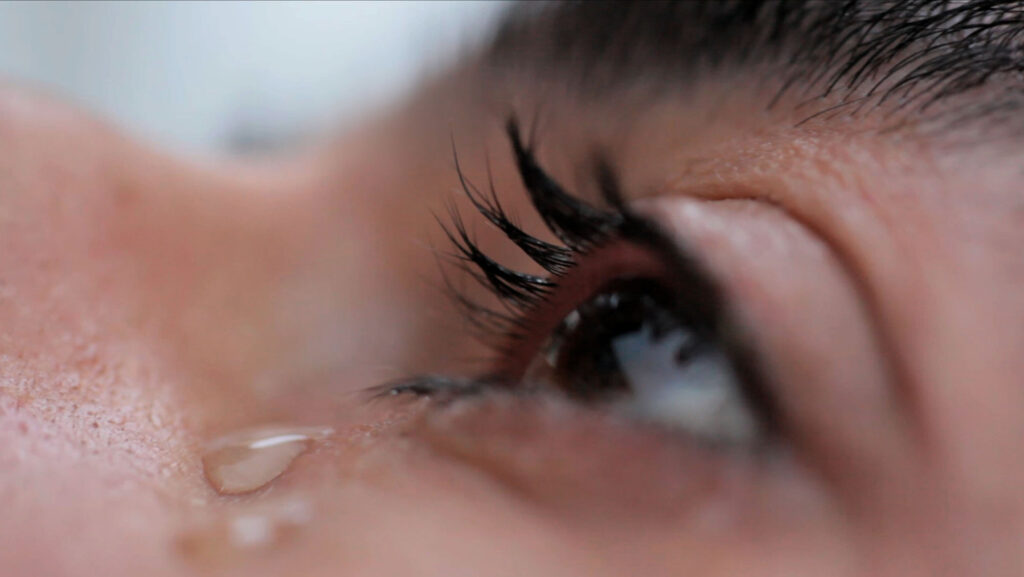

Come ti comporti con le “regole” del linguaggio cinematografico?
Il linguaggio non è solo un codice rigido, cambia nel tempo, in base agli usi e anche alla
propria sensibilità. Tuttavia ci sono dei punti fermi, degli appigli che servono spesso a non
cadere nel “brutto”. Personalmente, ciò che mi guida è una sorta di purificazione del
linguaggio: laddove c’è una scelta da fare, deve essere sintetica, frutto di una sottrazione,
del rifiuto di altre scelte. Quando si capisce che quell’inquadratura o qual movimento
distilla il senso che vuoi dare a quel passaggio, allora vuol dire che il linguaggio è giusto.
Do you usually follow the rules of cinematic language?
Language is not a rigid code, it changes over time, based on uses and also on one’s own sensitivity. However, there are some fixed points, some handholds that often help to avoid falling into the “ugly”. Personally, what guides me is a sort of purification of language: where there is a choice to be made, it must be synthetic, the result of subtraction, of the rejection of other choices. When you understand that a certain shot or movement distills the meaning you want to give to that passage, then it means that the language is right.


Che rapporto hai con la fotografia? E qual è lo scatto che per te rappresenta il cinema?
La fotografia è continua fonte di ispirazione, anzi spesso la preferisco al cinema. Non c’è
uno scatto che rappresenta il cinema, ma ricordo vivida una foto di Rossellini sul set di
Viaggio in Italia mentre dà indicazioni al direttore della fotografia su come inquadrare
Ingrid Bergman, in una location fuori Napoli. È uno scatto semplice ma che condensa tutto:
fotografia, paesaggio, corpi, amore.
How’s your relationship with photography? What is the photo that in your opinion most represents cinema?
Photography is a constant source of inspiration, in fact I often prefer it to cinema. I don’t think I can choose one single shot that represents cinema, but I vividly remember a photo of Rossellini on the set of “Viaggio in Italia”, taken while he was giving instructions to the director of photography on how to frame Ingrid Bergman, in a location outside Naples. It’s a simple shot but one that, to me, encopass everything: photography, landscape, bodies,
love.
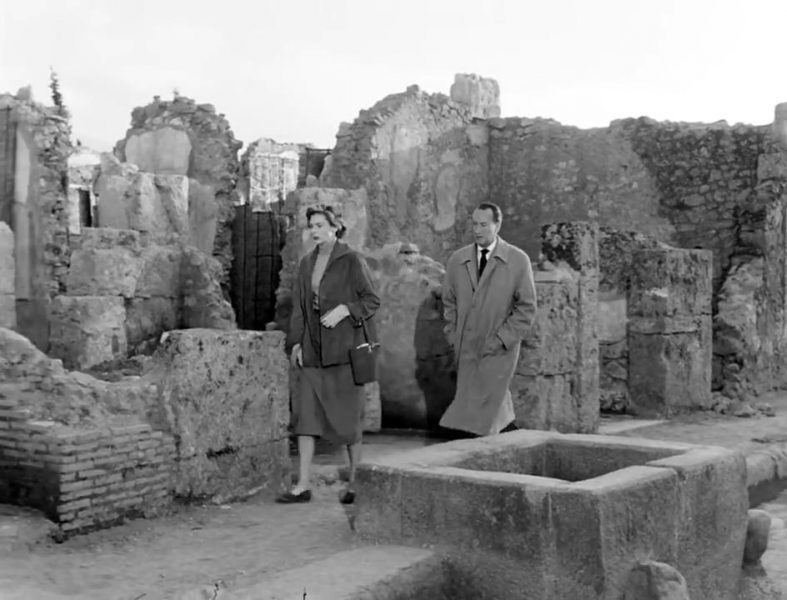

Quanto la fotografia è importante nella tua narrazione?
È il principio del tutto. Prima del movimento, prima del montaggio, c’è un’immagine, ed è
sempre da lì che si parte – o sempre lì che si arriva.
Is photography important for your storytelling?
It is the principle of everything. Before the movement, before the editing, there is an image, and that is always where we start – or where we arrive.
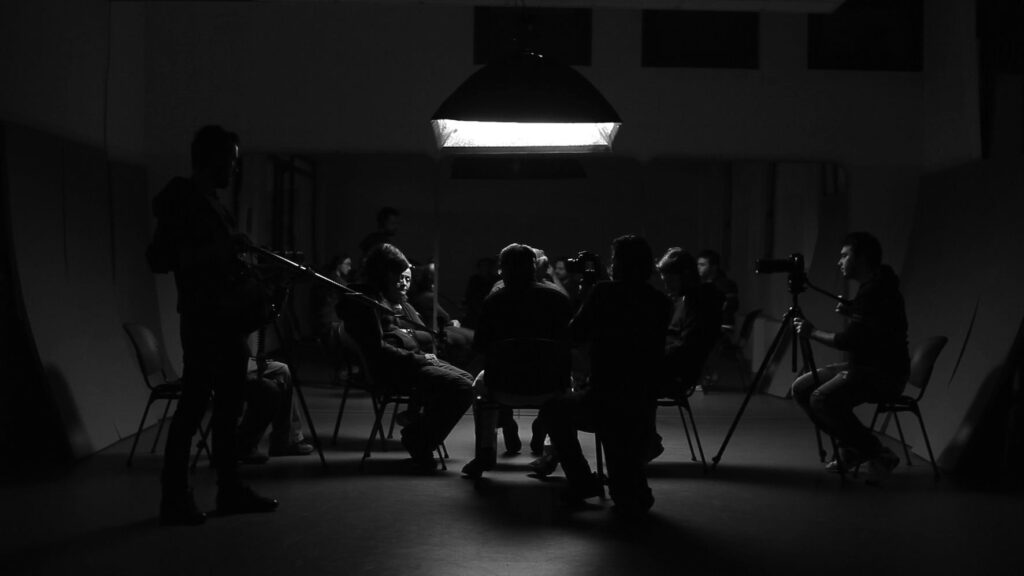

Quali sono i tuoi punti di riferimento e ispirazione?
Mi piacciono i registi che lavorano sul tempo e, attraverso il tempo, restituiscono una nuova immagine dei corpi e degli spazi: potrei citare Hou Hsiao Hsien, Monteiro, Rossellini, Ozu. Ma anche certi fotografi come Robert Frank, Saul Leiter, Giacomelli. E tanti altri…
What are your inspirations?
I like directors who work on time and, through time, return a new image of bodies and spaces: I could mention Hou Hsiao Hsien, Monteiro, Rossellini, Ozu. But also certain photographers such as Robert Frank, Saul Leiter, Giacomelli. But there are many others…


